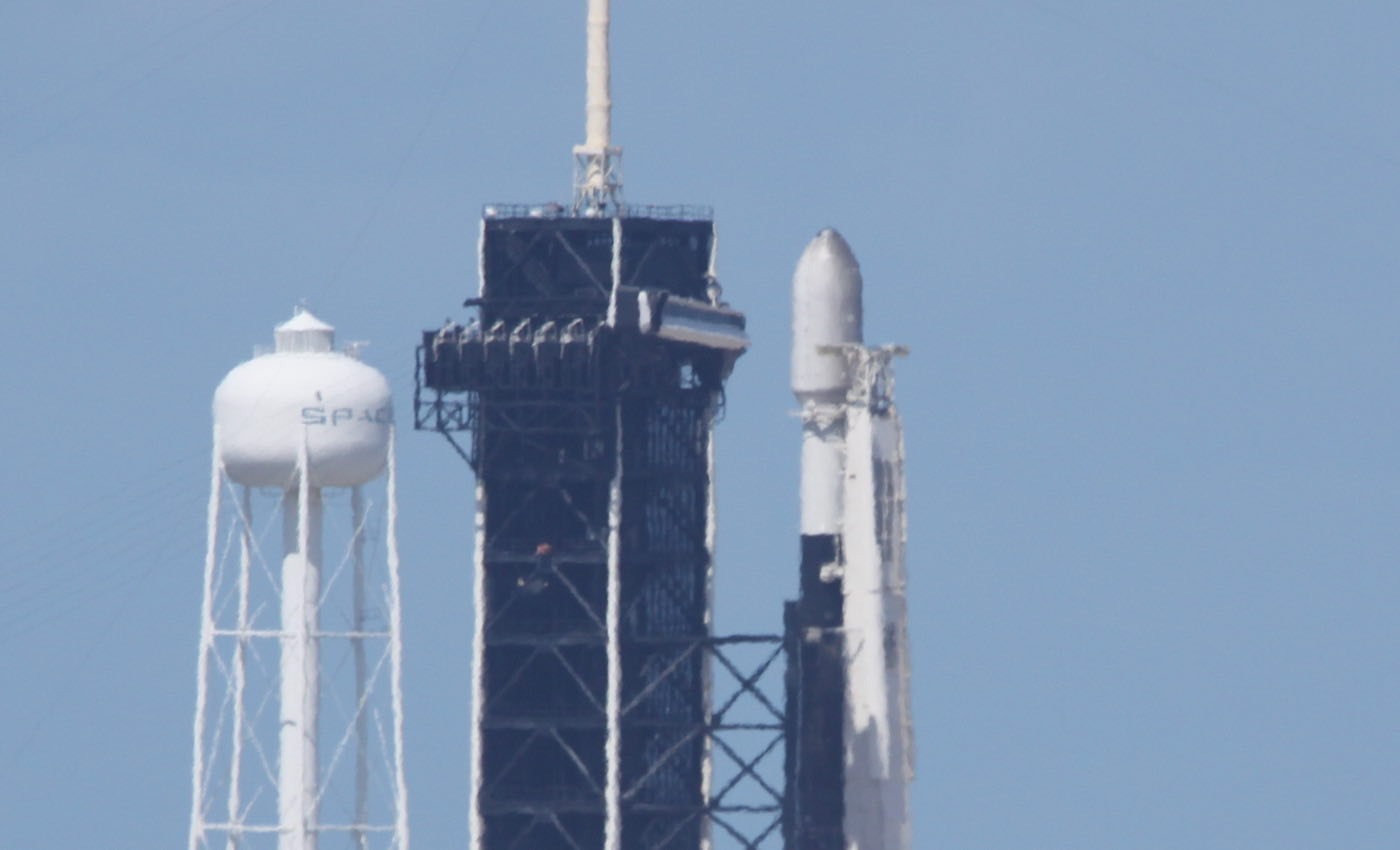
A SpaceX Falcon 9 rocket stood atop historic launch pad 39A Saturday afternoon as teams counted down to liftoff with 52 more Starlink internet satellites and two hitchhiker payloads.
Weather permitting, the 229-foot-tall (70-meter) launcher was set for liftoff at 6:54 p.m. EDT (2254 GMT) on SpaceX’s 15th Falcon 9 flight of the year. The mission will mark the 118th flight of a Falcon 9 rocket since 2010, and SpaceX’s 35th launch from pad 39A since leasing the Apollo-era facility from NASA.
The launch Saturday will be the 28th Falcon 9 flight with a primary goal of deploying Starlink satellites. It will be the fourth Starlink flight to carry rideshare payloads from other customers.
On this mission, SpaceX will launch 52 satellites for its own Starlink internet network, plus a commercial radar Earth-imaging satellite for Capella Space and a small spacecraft for Tyvak Nano-Satellite Systems.
The Falcon 9’s upper stage will aim to deploy the 54 satellites into an orbit with an average altitude of 357 miles (575 kilometers), and an inclination of 53 degrees to the equator.
The first stage booster, seen here with scorch marks from previous missions, has launched and landed seven times. The booster — designated B1058 — first launched May 30, 2020, with the inaugural flight of a Crew Dragon capsule with astronauts on-board.
The booster will try to land again Saturday on a SpaceX drone ship positioned several hundred miles northeast of Cape Canaveral.
The payload shroud on top of the rocket consists of two aerodynamic shells, each veterans of one previous launch and recovery. The fairing halves descend under parachutes for recovery from the Atlantic Ocean.
These photos show the Falcon 9 on pad 39A Saturday afternoon.





Email the author.
Follow Stephen Clark on Twitter: @StephenClark1.



